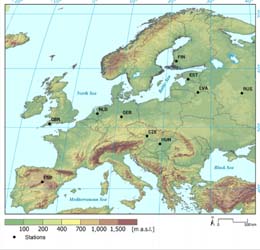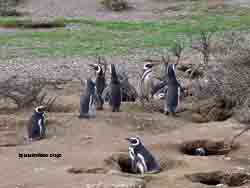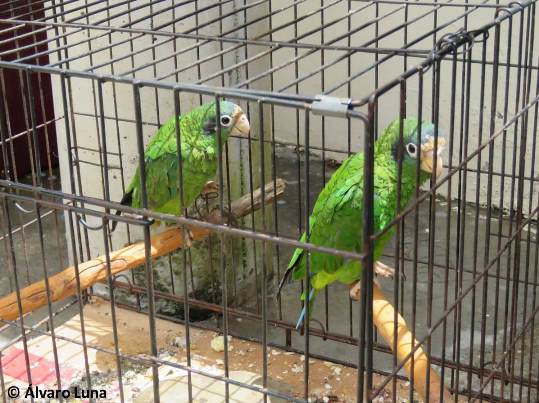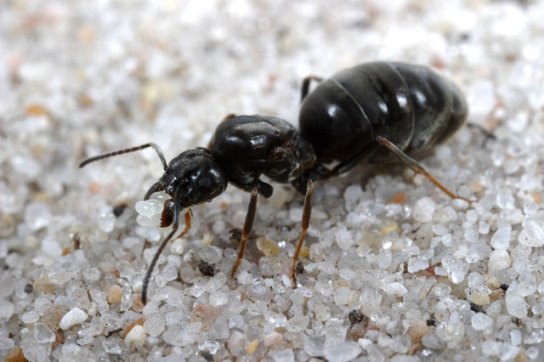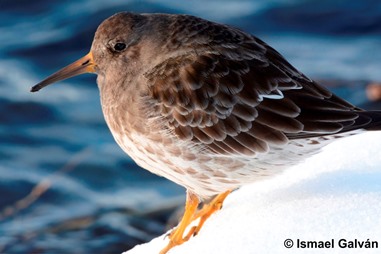 Latest News
Latest News
 Understanding resident and migratory bird populations responses to climate warming
Understanding resident and migratory bird populations responses to climate warming
Many organisms adjust their reproductive phenology in response to climate change, but phenological sensitivity to temperature may vary between species. For example, resident and migratory birds...
 An adaptive method for identifying marine areas of high conservation priority
An adaptive method for identifying marine areas of high conservation priority
Identifying priority areas for biodiversity conservation is particularly challenging in the marine environment due to the open and dynamic nature of the ocean, the paucity of information on species...
 Cities may save some threatened species but not their ecological functions
Cities may save some threatened species but not their ecological functions
Urbanization is one of the main causes of biodiversity loss worldwide. Wildlife responses to urbanization, however, are greatly variable and, paradoxically, some threatened species may achieve much...
 Current knowledge on the physiological and molecular effects of Queen pheromones in ants
Current knowledge on the physiological and molecular effects of Queen pheromones in ants
Ant queen pheromones (QPs) have long been known to affect colony functioning. In many species, QPs affect important reproductive functions such as diploid larvae sexualization and egg-laying by...
 Molecular vibration as a novel explanatory mechanism for the expression of animal colouration
Molecular vibration as a novel explanatory mechanism for the expression of animal colouration
Animal colouration is characterized by the concentration of pigments in integumentary structures and by the nanoscale arrangement of constitutive elements. However, the influence of molecular...
— 5 Items per Page

